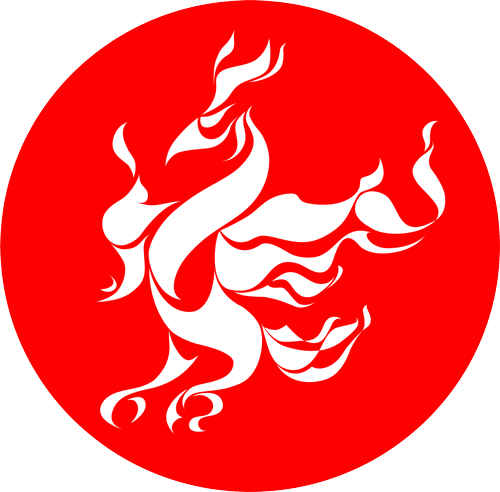
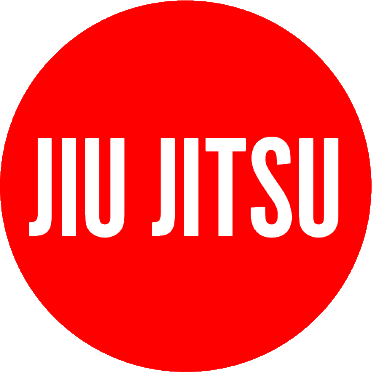
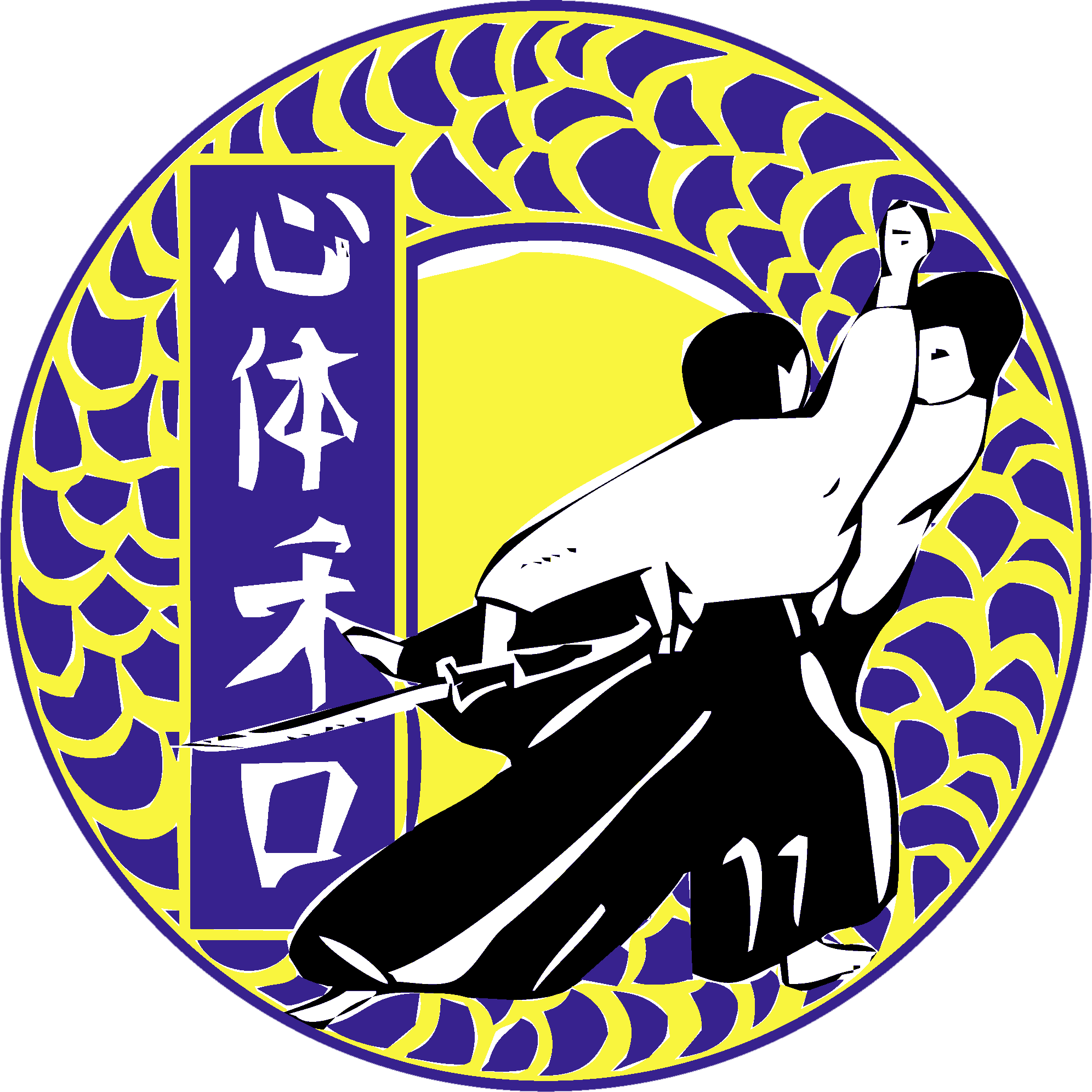



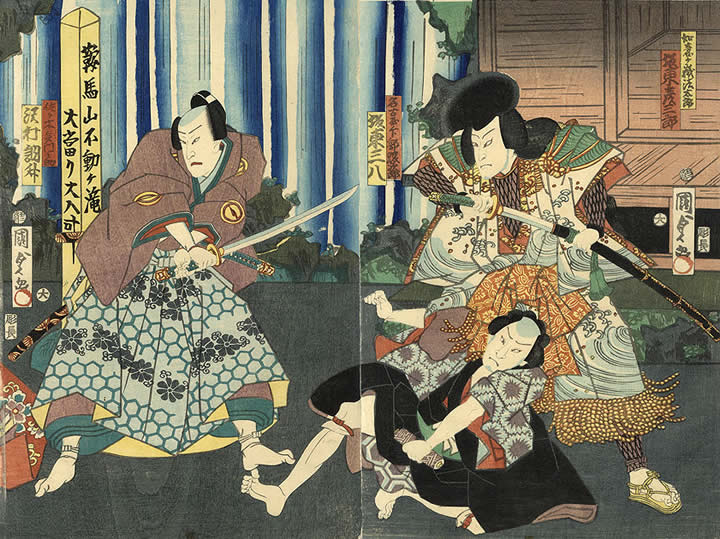
Jiu Jitsu is a martial art from Japan. It originates from the collective memory of fighting that survived the medieval civil wars. It encompasses all armed and unarmed combat, and survival strategies, as documented from and by the Samurai class.
This fighting knowledge was censored by various groups but has been preserved by many others, each with varying intentions and motivations. Everything from sports federations to police and armed forces all over the world benefit from the shared roots and direct ancestry with the original martial art.
All these expressions should be seen and valued within the context and purpose for which they got created and practiced.
The art encompasses all kinds of striking, locking and throwing techniques, with, without, and in defence against weapons.
Above all, Jiu Jitsu often aims to be practical and not just about plain form or physical exercise. Of course, the interpretation of this varies. Some styles have prioritised rule-based competitions, while others seek to avoid such limitations and focus on teaching self-defense in more realistic and threatening situations.
Our ryu (style) was mostly developed in the UK. Mathew Kombe was a German master who was taught by instructors who had trained for extended periods in Japan and Kodokan Judo. Kombe trained Brian Graham who then brought this style to the UK. Graham then worked with Peter Farrar, and together they massively expanded its practice across the country.
Over the last 20 years, the management of the style has become less centralised as many international clubs have opened. In Barcelona, we have links to well-established clubs across our continent and their various formidable, seasoned instructors.
Like other Jiu Jitsu styles, it is a popular combat system for police force members and others in public-facing roles.
Having trained and taught in the Shorinji Kan foundation, in 1996 Shihan Paul Goltz decided to take his interpretation of Jiu Jitsu out of this and founded his own ryu.
His focus was self-defense for everyone and accessibility. Some techniques make a decisive step away from Kodokan Judo as an underlying influence. The style tends more towards the application of minimal force and yielding techniques.
Traditional weapons still play a common role in this style, while Shorinji Kan has removed much of this out of their syllabus.
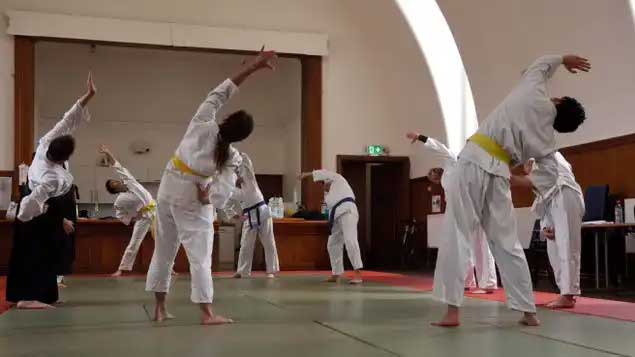
It is recommended to come early to classes, as most people get to know each other and the social aspect of the club is important to us.
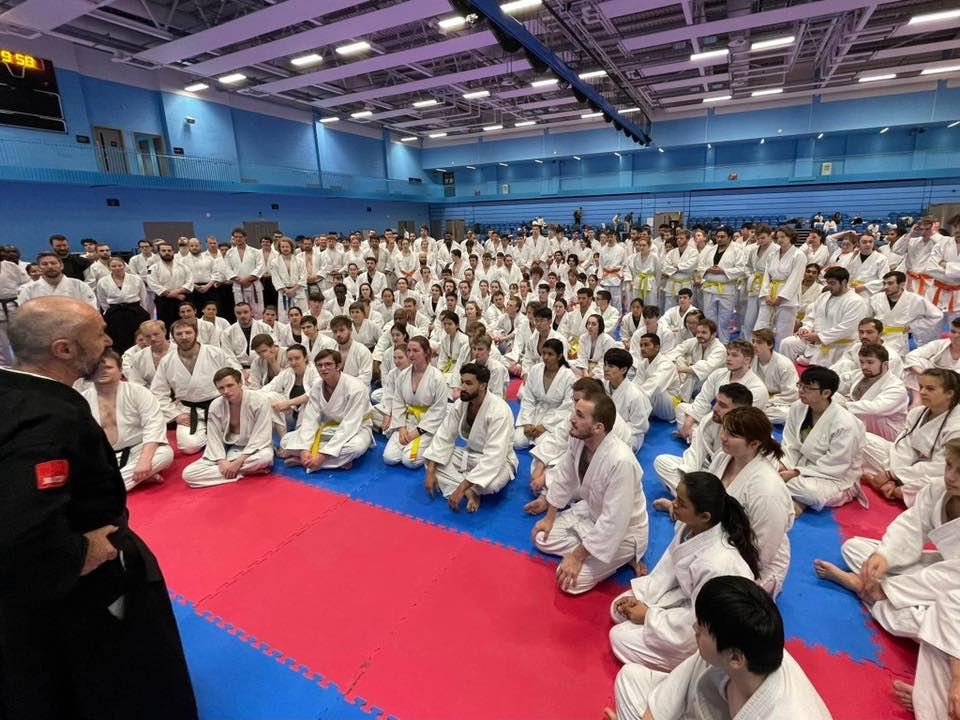
Each year for our style, there are two main competitions where clubs come together. These events are accompanied by great training courses and opportunities to socialise with other clubs from around the world. Both events currently occur in the UK.
The “Randori” event focuses on the one-on-one combat with judo-like rules.
The “Atemi” competition focuses on stylised application and coordination.
There are additional regional, national and international workshops through the year, which are enormous fun.
Occasionally, we offer more specialised local courses that are also open to non-members. For example, for ground techniques or more general self-defence classes.
If you are a member of Shorinji-Kan Jiu Jitsu, you can join our style’s classes, courses, and training sessions at clubs across Europe and Great Britain, according to your current grade.
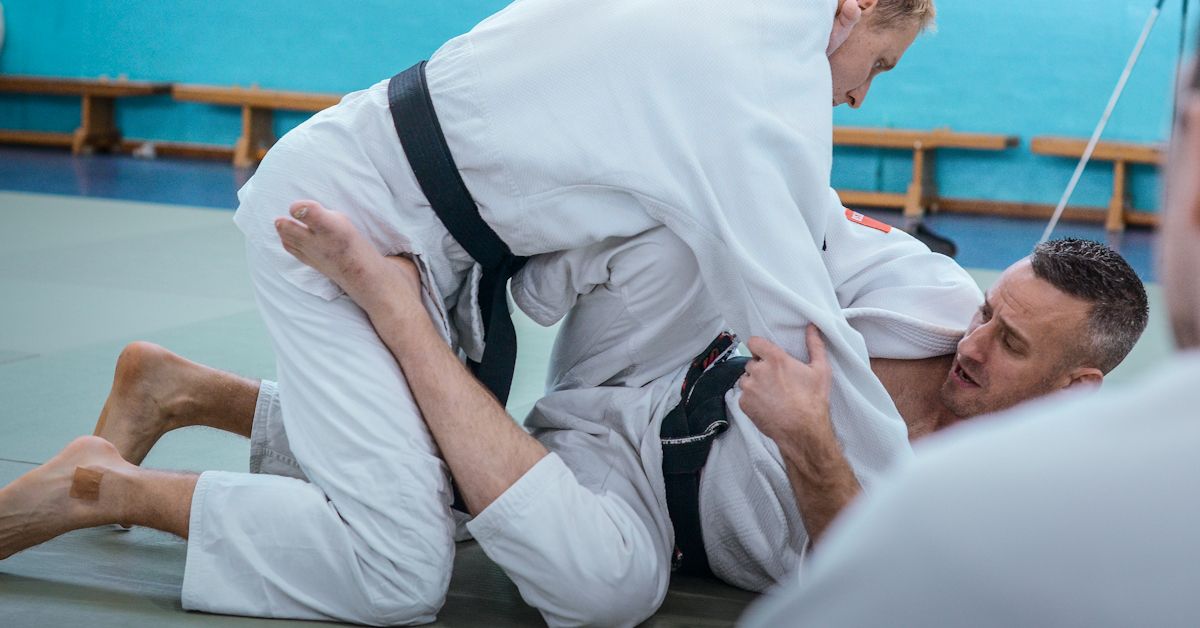
The main obvious difference is the focus of BJJ on one-on-one combat.
It generally follows basic rules, for instance, banning or discouraging striking. The style is derived from traditional Japanese Kodokan Judo and the founder introduced his own preferred techniques and methods to subdue the opponent.
Although styles like Shorinji-Kan Jiu Jitsu use the same rules for competitions, we train under the principles that a) anything is allowed to control a situation, but also b) the technique should be proportional to its context, e.g. abide to general law, necessity, and common sense.
We share many techniques with Brazilian Jiu Jitsu, but there are also many differences and intricacies. This is true of all modern styles and schools of Jiu Jitsu – something that makes it beautiful and forever exciting.
It is often portrayed as such.
"Protection of yourself, either by fighting or discussion" [https://dictionary.cambridge.org/es/diccionario/ingles/self-defence]
For starters, in our bushidō, which can be understood as a fighter’s moral guidance, protection of oneself is obviously part of the goal. However, defending others is also encouraged.
More importantly, a civil society has always needed some means of protection for its weaker members. Many martial arts and fighting systems try to achieve this by offering classes and sharing knowledge. These courses are a great introduction to self-defense in every-day situations. However, it is easy to underestimate the work that is required to control oneself and others safely in combat situations.
Jiu Jitsu techniques range from simple moves that can be quickly learned to other more complex and subtle techniques that take years to master but give far greater control.
We teach proportionality. The best fight is the one that does not happen. The first aim is to avoid confrontations but, when necessary, we teach various techniques that allow a staged and proportional response to aggression.
We aim to improve individuals’ confidence and ability to deal with such confrontations. We have various exercises to test your skills against others in a safe and controlled, but increasingly realistic, manner.
Jiu Jitsu can be dangerous – it is a martial art after all. However, we are not interested in teaching just how to inflict the most harm. We would consider it a failure for a situation to escalate unnecessarily. Rather, we aim to give people the means to control a confrontation safely.
Accidents can, of course, unfortunately happen. However, our syllabus and teaching has been developed to move you along at your own pace and ability. We want to help you improve and surpass your own goals without injury.
Membership of our club comes with insurance in case of injury.
This is not meant to exclude or be any form of political statement. Language is an important part of the culture, especially here in Catalonia.
However, teaching in English is a pragmatic decision, as the style was developed foremost in Anglo-Saxon countries. Exams, competitions and workshops are held in English, and we expect many internationals guests. The terminology can also sound strange and is nuanced. Sticking to one lingua franca reduces the possibility of misunderstanding in high pressure situations.
Outside of classes and group communication, all our instructors are open and more than happy to communicate in any language, ability allowing.
Expect the first classes to be low on impact, while the intensity is partly depending on you.
You don't have to own a gi, or judo suit. Bring clothes that are not too fragile or precious, a loose fit is preferable at first. Bring water, or anything to avoid dehydration.
We don't expect anything crazy from you, but jitsukas ambitions vary. Let us know what you aim for, and please be open about what you're not comfortable doing.
Looking forward to see you there! Any more questions, please reach out!
The whole syllabus is easily overwhelming. Each day take a section and make notes:
Don't get side tracked thinking about possible counters, yet. Concentrate on keeping your own posture and taking your opponent's one.
Send any notes or questions to your sensei, we're happy to make videos on demand. No questions are too stupid, but of course time is limited, so keep them focused on immediate goals.